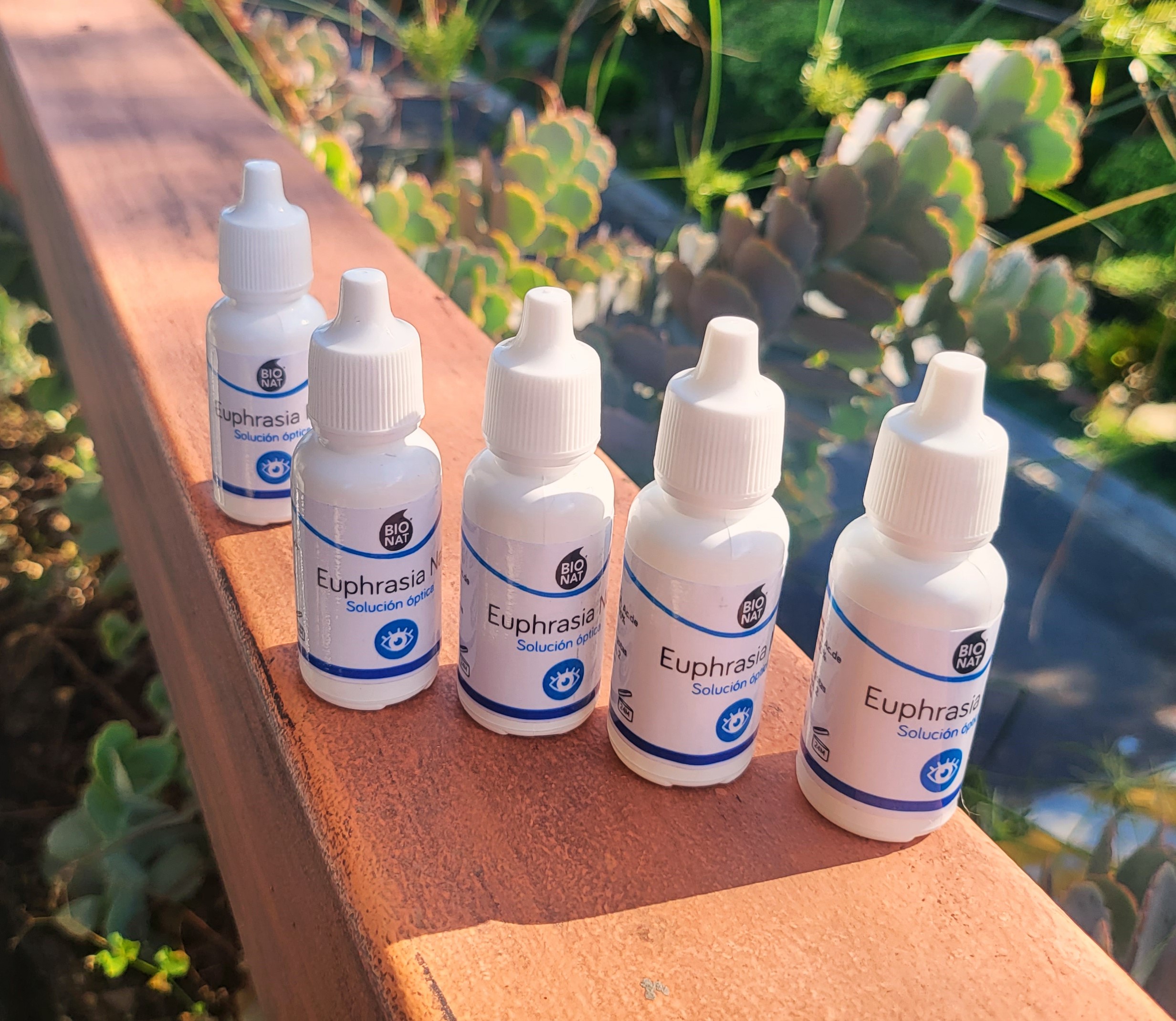Eyebright water is a natural remedy that has been used for centuries to support eye health and treat various eye-related issues. Derived from the eyebright plant, this herbal water is believed to have soothing and healing properties. In this article, we will delve into what eyebright water is, its components, and its common uses, providing a comprehensive overview of this traditional remedy.
What is eyebright water?
Eyebright water is a liquid preparation made from the eyebright plant (Euphrasia officinalis), a small herb with white or purple flowers that grows in Europe, North America, and Asia. The plant has a long history of use in herbal medicine, particularly for treating eye conditions. Eyebright water is typically prepared by steeping the dried aerial parts of the plant in water, creating a solution that can be used as eye drops, washes, or compresses.
Components of eyebright water
The efficacy of eyebright water comes from the various beneficial compounds found in the eyebright plant. These components include:
- Iridoid glycosides: These compounds, including aucubin, are known for their anti-inflammatory and antimicrobial properties, making them effective in reducing eye irritation and preventing infections.
- Tannins: Tannins have astringent properties that help in tightening and toning tissues. In eyebright water, they can help reduce redness and swelling in the eyes.
- Flavonoids: Eyebright contains flavonoids such as quercetin and luteolin, which have antioxidant properties. These compounds protect the eyes from oxidative stress and damage caused by free radicals.
- Phenolic acids: Compounds like caffeic acid and ferulic acid in eyebright have anti-inflammatory and antioxidant effects, contributing to the overall health of the eyes.
- Vitamins and minerals: Eyebright water is rich in vitamins A and C, as well as minerals like zinc, which are essential for maintaining good eye health and supporting the immune system.
Common uses of eyebright water
Eyebright water is used for various eye-related conditions and general eye care. Here are some of its common uses:
- Relieving eye strain: With the increasing use of digital devices, eye strain has become a common issue. This water can be used as eye drops or compresses to soothe tired and strained eyes, providing relief from discomfort and dryness.
- Treating conjunctivitis: Also known as pink eye, conjunctivitis is an inflammation of the conjunctiva, the membrane covering the white part of the eye. Eyebright water, with its anti-inflammatory and antimicrobial properties, can help reduce the symptoms of conjunctivitis, such as redness, itching, and discharge.
- Reducing inflammation: Inflammation of the eyes can result from various conditions, including allergies and infections. The anti-inflammatory properties of eyebright water make it an effective remedy for reducing swelling and irritation in the eyes.
- Managing blepharitis: Blepharitis is a condition characterized by inflammation of the eyelids, often accompanied by crusting and irritation. Eyebright water can be used as a gentle wash to clean the eyelids and alleviate the symptoms of blepharitis.
- Alleviating dry eyes: Dry eye syndrome occurs when the eyes do not produce enough tears or when the tears evaporate too quickly. Eyebright water can provide soothing relief for dry eyes, moisturizing the ocular surface and reducing dryness and discomfort.
- Supporting general eye health: Regular use of eyebright water can help maintain overall eye health. Its antioxidant properties protect the eyes from oxidative damage, while the vitamins and minerals support the proper functioning of the eyes.

How to use it
Using this water is simple and can be done in various forms, depending on the condition being treated:
- Eye drops: This can be used as eye drops to provide quick relief from eye strain, dryness, and inflammation. Apply a few drops into each eye as needed.
- Eye wash: To use it as an eye wash, dilute it with distilled water and rinse the eyes thoroughly. This method is particularly useful for cleaning the eyes and soothing irritation caused by environmental factors.
- Compresses: Soak a clean cloth or cotton pad in eyebright water and place it over the closed eyes. Leave the compress on for about 10-15 minutes. This method is effective for relieving eye strain and reducing inflammation.
- Eyelid cleansing: For conditions like blepharitis, use a diluted solution to gently cleanse the eyelids. Apply the solution to a cotton pad and wipe the eyelids to remove debris and reduce inflammation.
Precautions and considerations
This water is generally considered safe, there are a few precautions to keep in mind:
- Allergies: If you have known allergies to plants in the Orobanchaceae family, avoid using this water as it may cause an allergic reaction.
- Sterility: Ensure that the water and any tools used to apply it are sterile to prevent introducing bacteria or other contaminants into the eyes.
- Consultation: If you have a pre-existing eye condition or are experiencing severe symptoms, consult an eye care professional before using eyebright water. It is essential to get a proper diagnosis and treatment plan from a healthcare provider.
- Storage: Store it in a cool, dark place, and use it within a few days if homemade. Commercial preparations should be used according to the manufacturer’s instructions.
Conclusion
This is a versatile and natural remedy for various eye conditions, offering soothing and healing benefits. Its components, including iridoid glycosides, tannins, flavonoids, phenolic acids, and essential vitamins and minerals, contribute to its effectiveness in relieving eye strain, treating conjunctivitis, reducing inflammation, managing blepharitis, alleviating dry eyes, and supporting general eye health. By understanding how to use eyebright water and taking the necessary precautions, you can incorporate this traditional remedy into your eye care routine and enjoy its numerous benefits.

